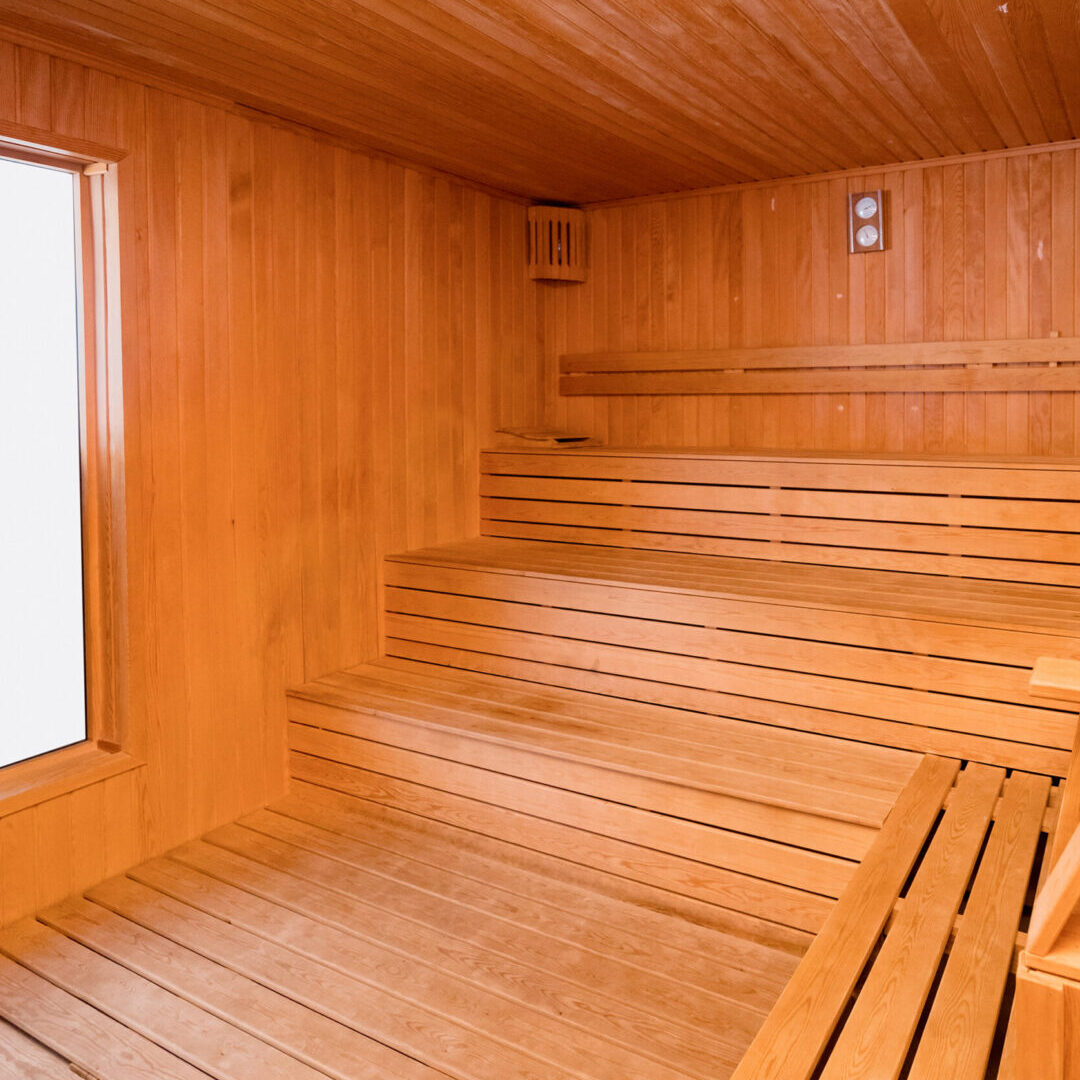
Harmony in Heat: Crafting a Tranquil Haven with Sauna Design
Saunas are not just spaces for heat therapy; they are sanctuaries of tranquility and well-being. This article delves into the art and science of sauna design, exploring key elements, aesthetic considerations, and how a thoughtfully designed sauna can transform the heat therapy experience into a harmonious journey for the senses.
The Essence of Sauna Design:
- Space Utilization: Effective sauna design begins with optimizing the available space. Whether it’s a compact home sauna or a larger commercial installation, maximizing the use of space contributes to a comfortable and inviting atmosphere.
- Material Selection: The choice of materials plays a pivotal role in sauna design. Wood, particularly cedar, hemlock, or pine, is favored for its natural beauty, durability, and ability to withstand high temperatures and humidity.
- Layout and Seating Arrangement: Consider the layout of benches and seating for optimal heat exposure. Elevated seating near the ceiling allows users to experience varying temperature levels, creating a dynamic and personalized sauna experience.
Aesthetics and Lighting:
- Natural Lighting: Whenever possible, incorporate natural light into the sauna design. Windows or skylights not only enhance the aesthetic appeal but also connect the sauna space with the outdoors.
- Ambient Lighting: Create a serene ambiance with carefully chosen lighting. LED lights, indirect lighting, or chromotherapy options can add a touch of sophistication while promoting relaxation.
- Ventilation: Proper ventilation is crucial for maintaining air quality within the sauna. Thoughtful design should include vents and fans to ensure a comfortable and enjoyable environment.
Customization and Personalization:
- Innovative Heat Sources: Explore various heat sources, from traditional wood-burning stoves to electric heaters and modern infrared technology. The choice of heat source can influence both the aesthetic and functional aspects of the sauna.
- Distinctive Design Elements: Infuse the sauna with unique design elements that reflect personal preferences. Whether it’s a specially crafted door, artistic wall panels, or customized bench shapes, these details contribute to the sauna’s character.
- Integration with Surroundings: For outdoor saunas, integrate the design with the natural surroundings. Incorporate landscaping elements, such as planters or greenery, to create a seamless connection between the sauna and its environment.
Holistic Well-Being Through Sauna Design:
Sauna design is not merely about creating a functional space; it’s about fostering holistic well-being. Thoughtful considerations in design elements, materials, and aesthetics transform the sauna into a haven for relaxation, promoting physical and mental rejuvenation.
Conclusion:
In the world of sauna design, every element contributes to the overall experience. From the natural warmth of wood to the play of light and the strategic arrangement of benches, sauna design is an art that harmonizes the therapeutic benefits of heat with aesthetic appeal. Crafting a sauna as a tranquil haven is not just about design; it’s about creating a space that nurtures the soul, providing a retreat into serenity and well-being.
Please contact us for more information on sauna design
